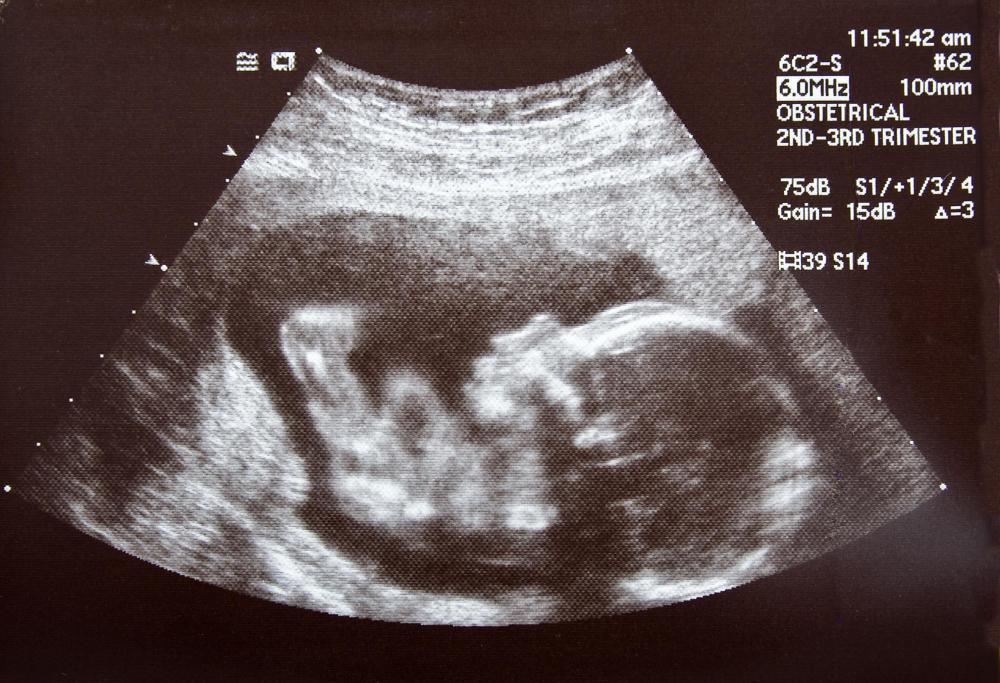At WiseGEEK, we're committed to delivering accurate, trustworthy information. Our expert-authored content is rigorously fact-checked and sourced from credible authorities. Discover how we uphold the highest standards in providing you with reliable knowledge.
What Is Placenta Percreta?
Placenta percreta is an obstetric complication, which stems from an abnormal attachment and growth of the placenta. Under normal conditions, the placenta attaches to the uterine wall as the fetus grows during a pregnancy, but when the condition is present, it penetrates through the uterine wall and attaches to other organs in the abdomen. The cause of the condition is not well-understood, but certain risk factors, like having a previous cesarean section, can help to diagnose an abnormal condition in the placenta as it develops. In most cases of placenta percreta, there is an initial medical diagnosis of placenta previa, where the placenta grows low in the womb and partially covers the birth canal.
There are serious birthing complications for the mother and fetus if placenta percreta is not diagnosed before labor and delivery. Unfortunately, most cases go undetected until after the birthing process has already begun. After an initial diagnosis of placenta previa has been made during a pregnancy, an MRI or doppler ultrasound can screen for placenta percreta. The condition can often times go undetected even with these tests, however. Serious vaginal bleeding throughout the third trimester may be indicative that placenta percreta is indeed present, and if the condition is detected at this time, precautions can be taken before labor begins.

The fetus is at risk for premature delivery and its subsequent consequences if placenta percreta is present. Throughout the pregnancy, the fetus may be at risk for other complications, as well, because the placenta may not be attached in a place that will provide optimal nourishment through the mother’s bloodstream. For the mother, placenta percreta can cause life-threatening hemorrhaging during the delivery as the placenta detaches from the uterus and other organ walls. If the mother has not delivered the placenta within 30 minutes after giving birth, a complication with the attachment of the placenta is usually suspected.
There is little a woman can do to prevent the condition, and there is little that can be aggressively done to treat placenta percreta after it is diagnosed. After diagnosing a woman with the condition, an obstetrician usually schedules a delivery in order to be prepared for any complications that may arise. The safest option is usually found to be a scheduled caesarean section and an abdominal hysterectomy that will prevent serious hemorrhaging. Sometimes, a surgical option can be utilized that will spare the woman’s uterus if she plans on having more children.
AS FEATURED ON:
AS FEATURED ON:











Discuss this Article
Post your comments